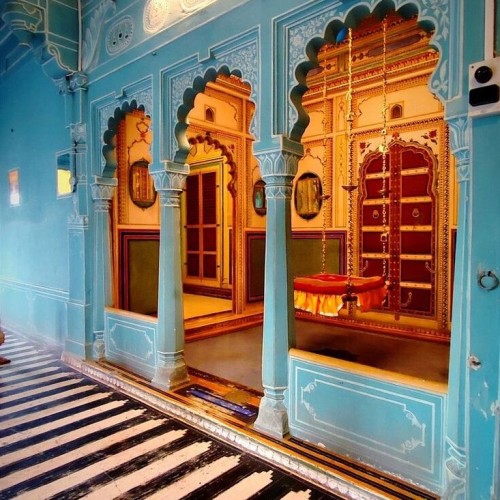
**Gutai Plasters and flooring - Udaipur City Palace
Booking Closed
Booking is closed as the workshop is full. For inquiries, contact +917087371132.
Rajsthani Lime Plasters & Flooring Workshop
Two Rajasthani Lime Plaster Techniques in One Workshop!
Udaipur Gutai & Shekawati Thappi, Lohi & Araish
In this unique workshop you will have the opportunity to learn two distinct lime plaster techniques from two different regions in Rajasthan. This workshop will be conducted at our very own heritage reconstruction site in the picturesque Spiti Valley. One of Inida's most scenic locations.
GUTAI - Polished Lime & Marble Plaster
Gutai is a lime plaster technique that is practiced in the Udaipur region of Rajasthan. The main aggregate involved is the locally sourced Rajnagar white marble chips. The lime utilised is a combnation of pure white quicklime and a semi hydraulic yellow lime also sourced from Rajnagar.
The palaces and Haveli's of this southern region within Rajasthan were predominantly constructed using Rajnagar Marble and Gutai plasters.
The technique involves 3 layers of plasters. The base layer with the coarsest aggregate, the second layer is made from the same materials but ground to a finer paste. The final top coat is made from pure slaked quick lime. Each layer of plaster is applied wet on wet. However the base plaster is allowed to reach a minimum state of curing before the next layer is applied.
The final top coat is burnished with a steel trowel and a stone. Soap is applied during the biurnishing stage resuting in a polished marble like finish. Natural wax may be applied after one month as an additional layer of protection and to ensure a greater level of water resistance.
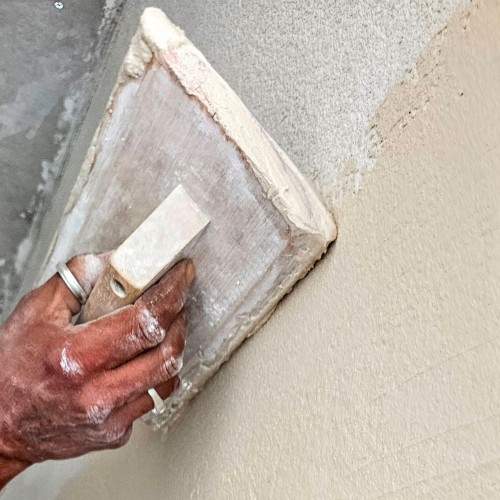
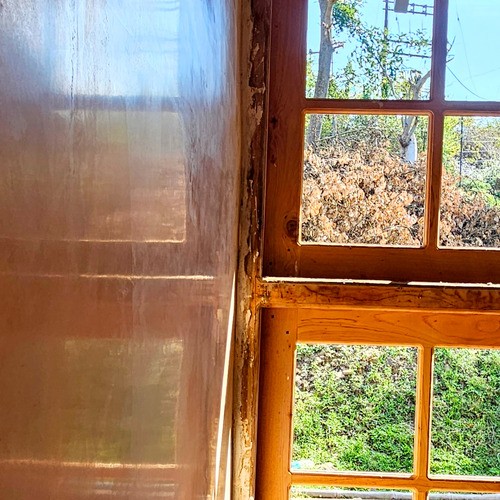
THAPPI - LOHI - ARAISH
Thappi
Made from a combination of slaked lime, surki (fired brick powder), aged gur & metthi seed water, Thappi is an attractive textured plaster that gets its name from the wooden implement that is used to tap the plaster as it cures, firming the plaster & preventing the formation of cracks. The characteristic lines hatched across the plaster are caused during this process giving the plaster its own unique charm. Thappi is also the base upon which the finer Lohi and Araish are applied. Finished plaster has a warm rusted pink hue due to the presence of the red brick powder.
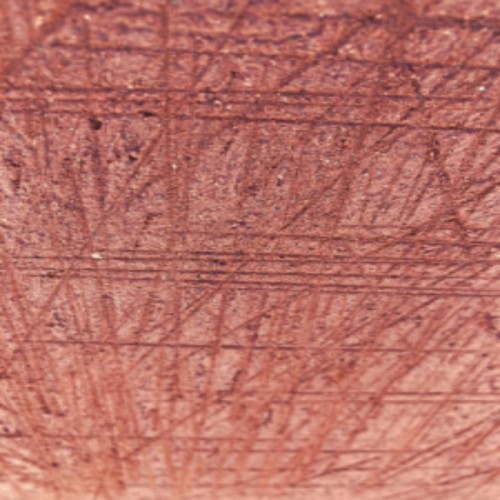

Lohi Plaster
Lohio plaster is made by combining finely sieved slaked lime with finely sieved surki, which is then ground on a stone to a fine paste. This is then applied as a thin smooth finishing layer over Thappi. Finished plaster has a warm rusted pink hue, the same as Thappi.
Araish Plaster
The most painstaking of all Araish is made by combining finely sieved slaked lime with marble powder then grinding it to a fine paste. It is then applied over either Thappi or Lohi plaster and at a certain stage of curing is burnished by hand with a stone. Araish is a silky smooth waterproof plaster with a finish similar to that of the Moroccon polished plaster Tadelakt. Traditionally Araish was most often kept pure white. Natural pigments can also be added to achieve subdued colours.
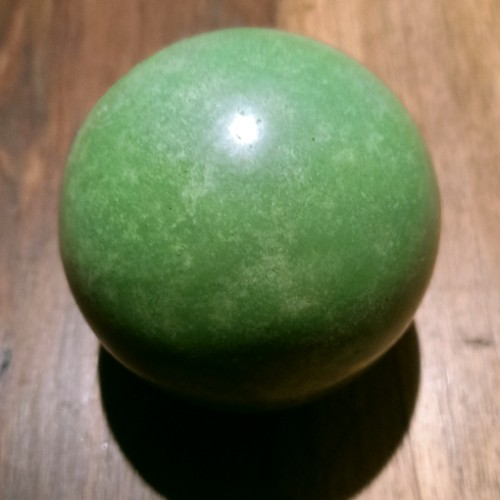
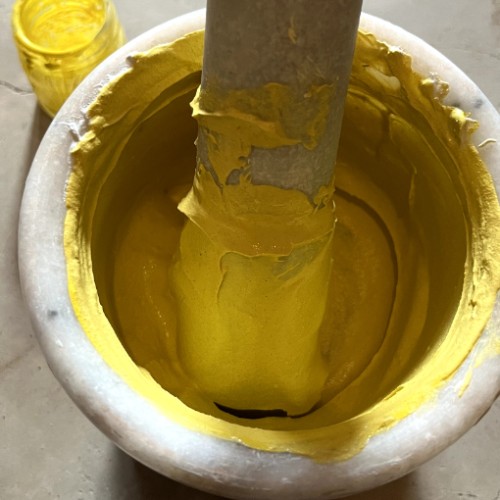
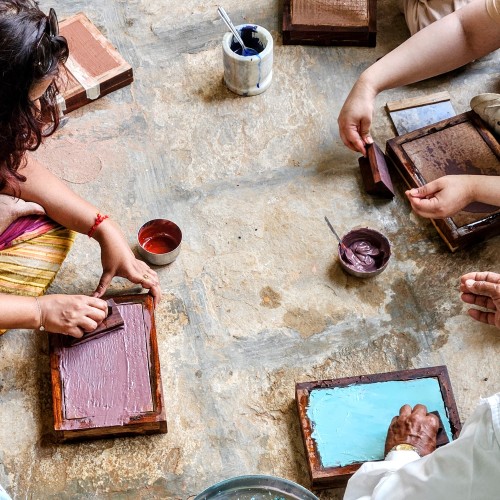
For more details on these finishes and other lime plasters please see our blog on the Luxurious Lime Plasters of India
Lime Flooring
During this workshop you will have a chance to learn the art of lime flooring on our own live site. We will be installing a lime floor in one of our bathrooms.
What you will learn:
- Preparing the ground
- Insulating your floor
- Laying base materials
- Preparation and application of limecrete flooring.
- We will discuss the various options for finishing the lime floor
Workshop Schedule
Day 1 & Day 2 Day 3 - Preparation of Lime flooring - Shekawati technique - Thappi Plaster
Day 3 & Day 4 - Preparation and Application of Gutai Plaster - 3 coats - Base, middle and fine top coat.
Day 5 Morning prepation of lohi and Araish plasters - Afternoon Spiti Valley Village visit.
Day 6 Grinding of Lohi & Araish & Second layer of flooring
Day 7 Application of Araish
Spiti Valley Earthen Plasters - Optional Add on Rs 3000
DAY 8
During this intensive one day workshop you will have a chance to get your hands in the soil and learn all about the unique earthen plasters practiced in the Spiti Valley. This workshop will be taught by highly skilled local Master Craftsmen and Women.
What you will learn:
- Identifying approrpiate materials
- Approriate Tools
- Preparation & application of three earthen plaster layers.
- Preparation & ppplication of wild pigments
To learn more about these special plasters see details of our workshop for Karwaan in 2024
https://www.indiarchitecture.com/spiti-valley-earthen-plasters